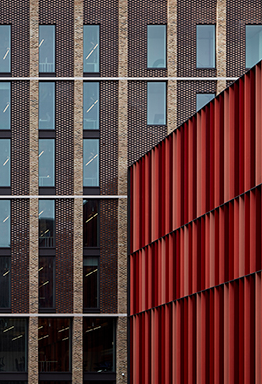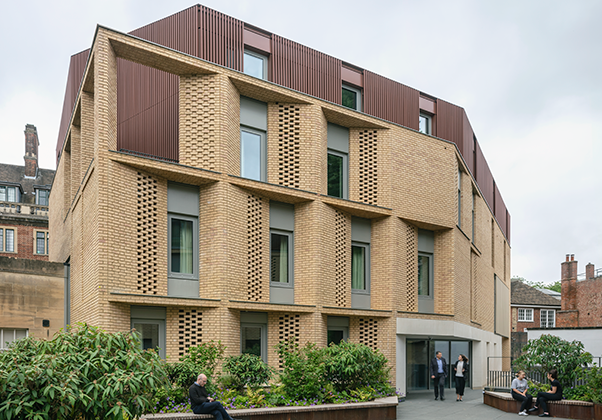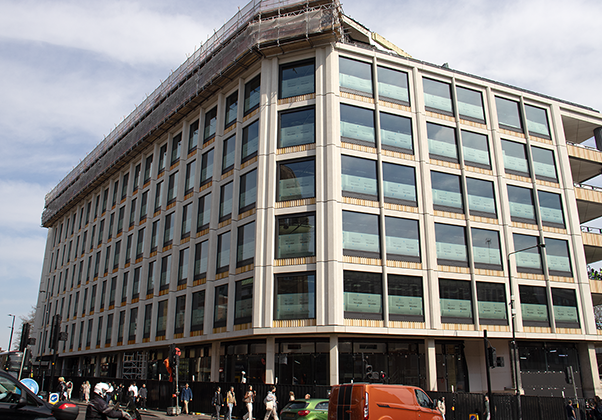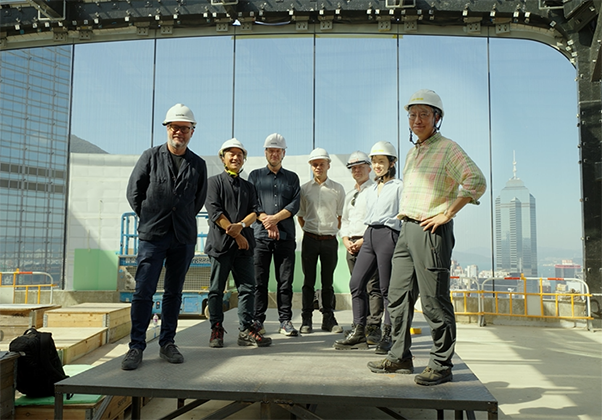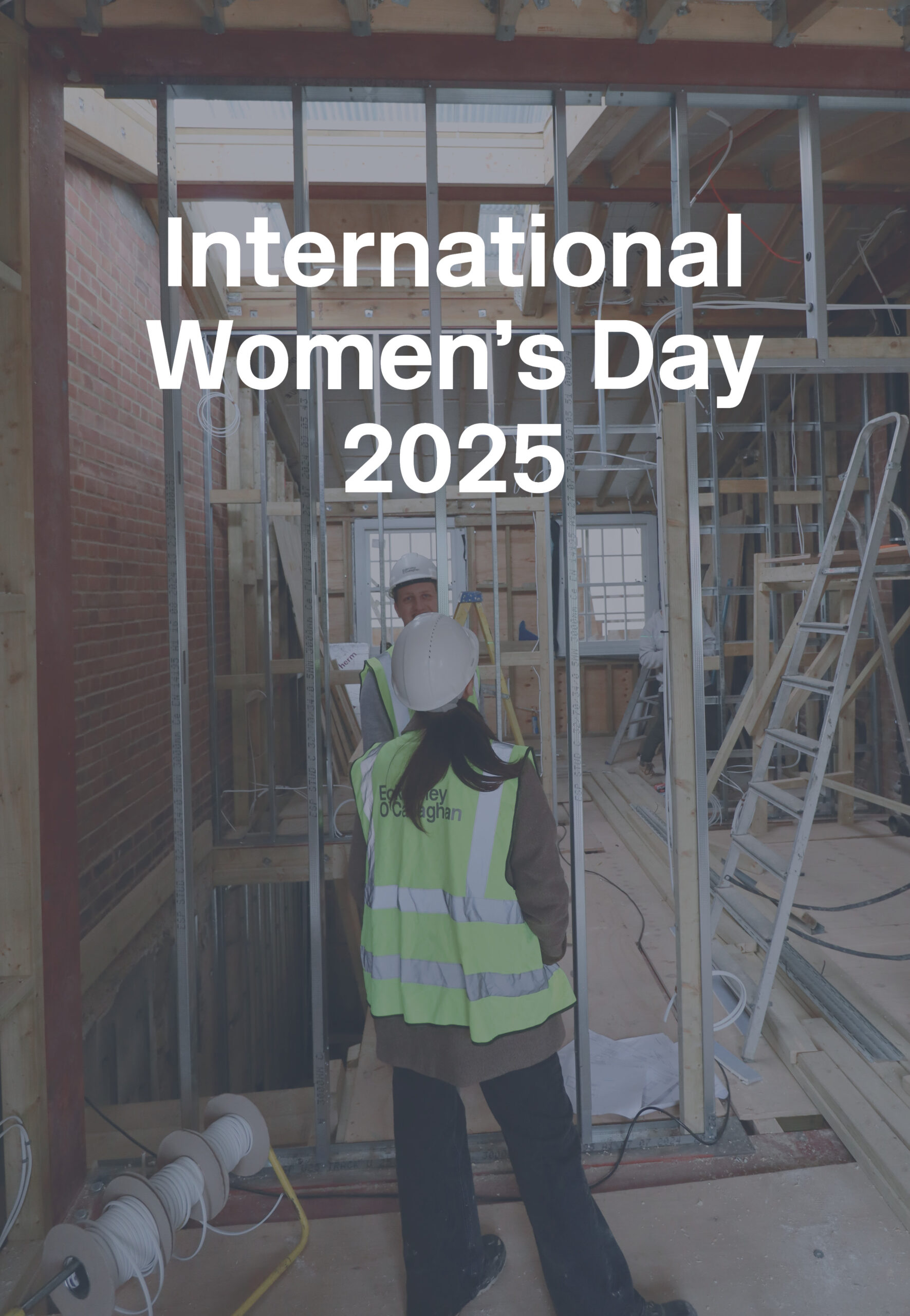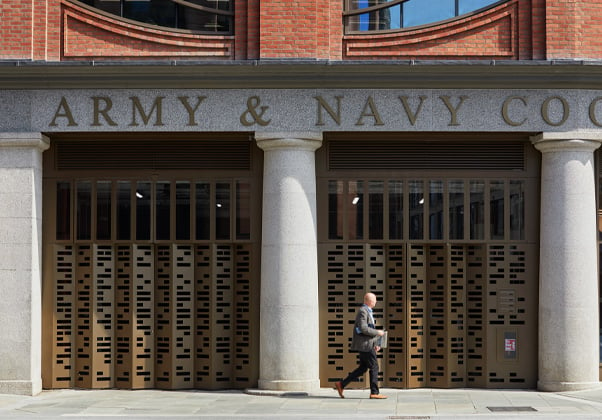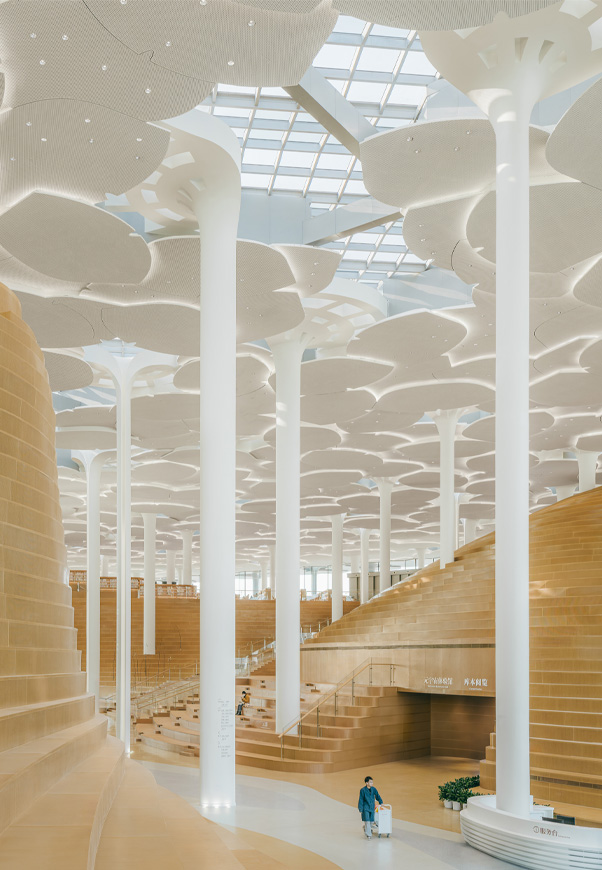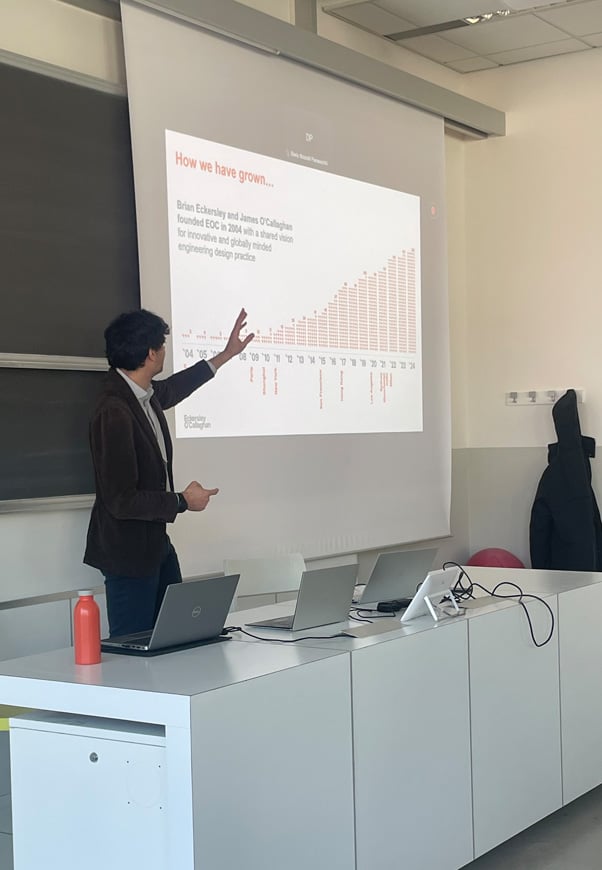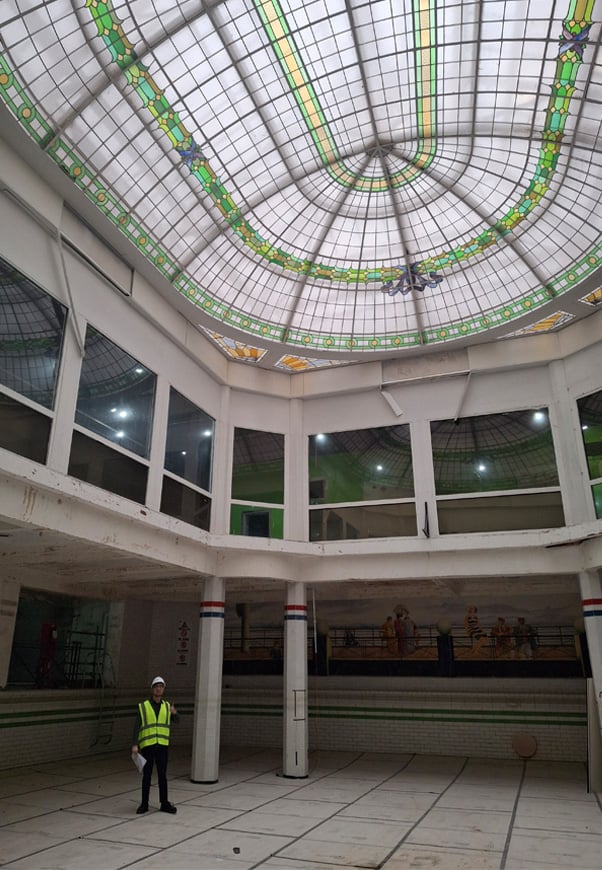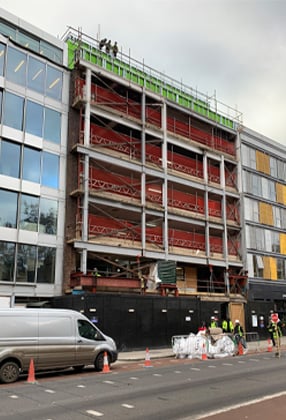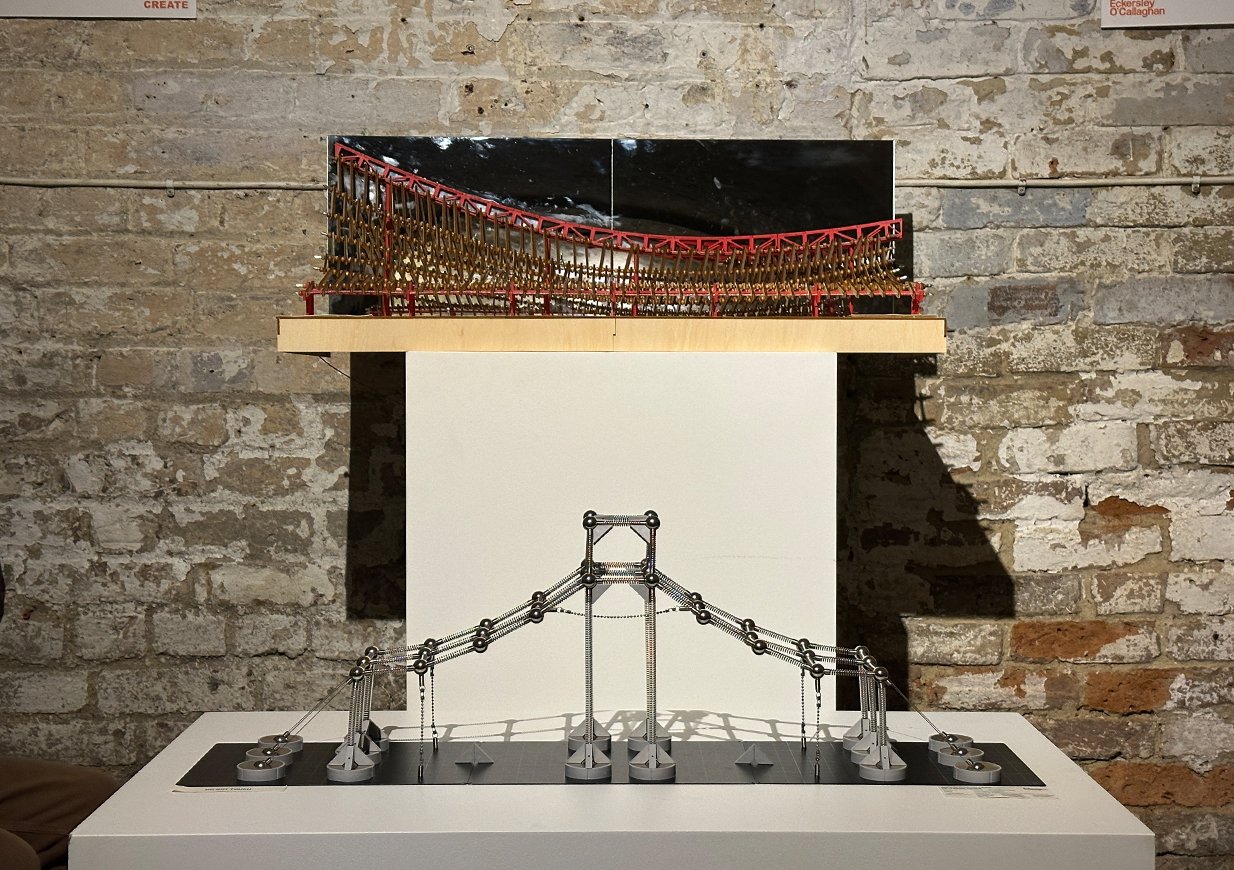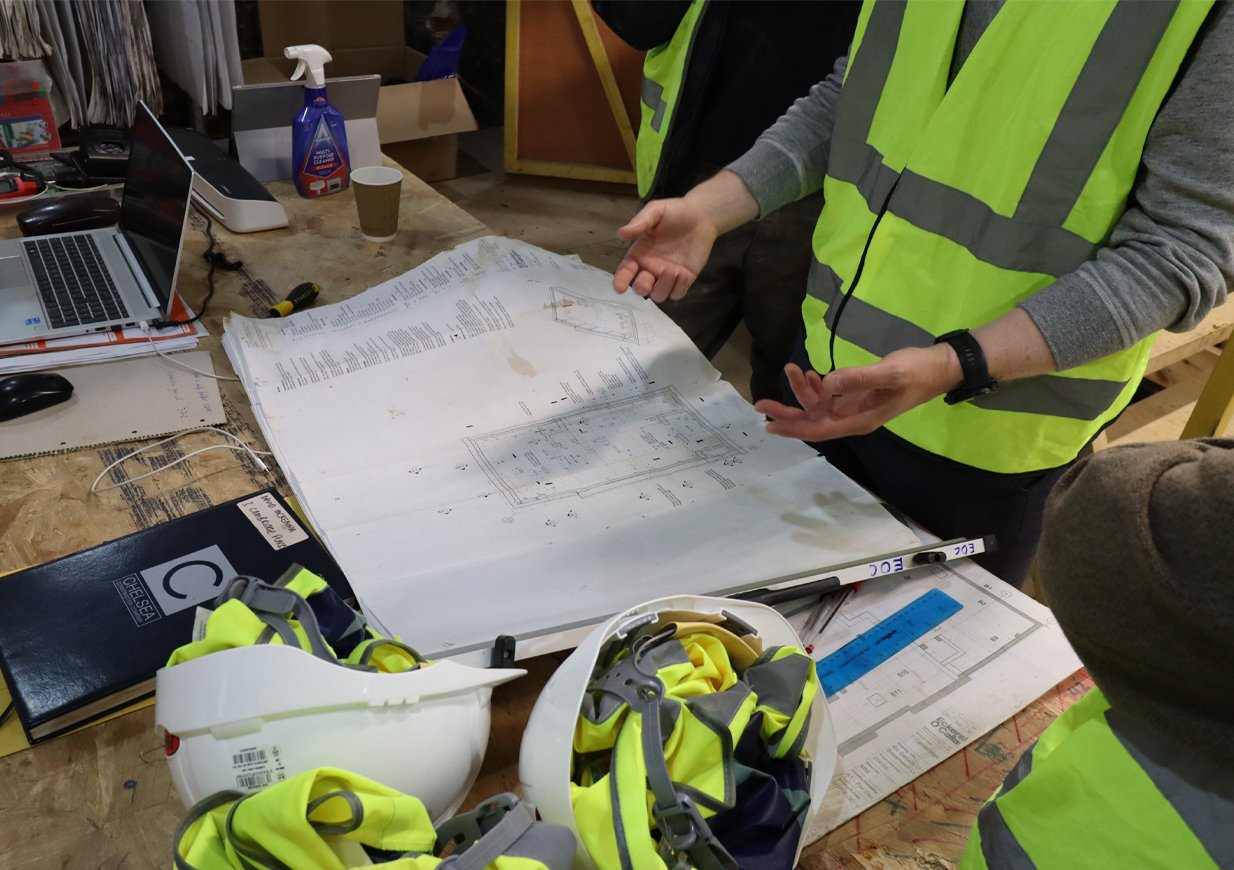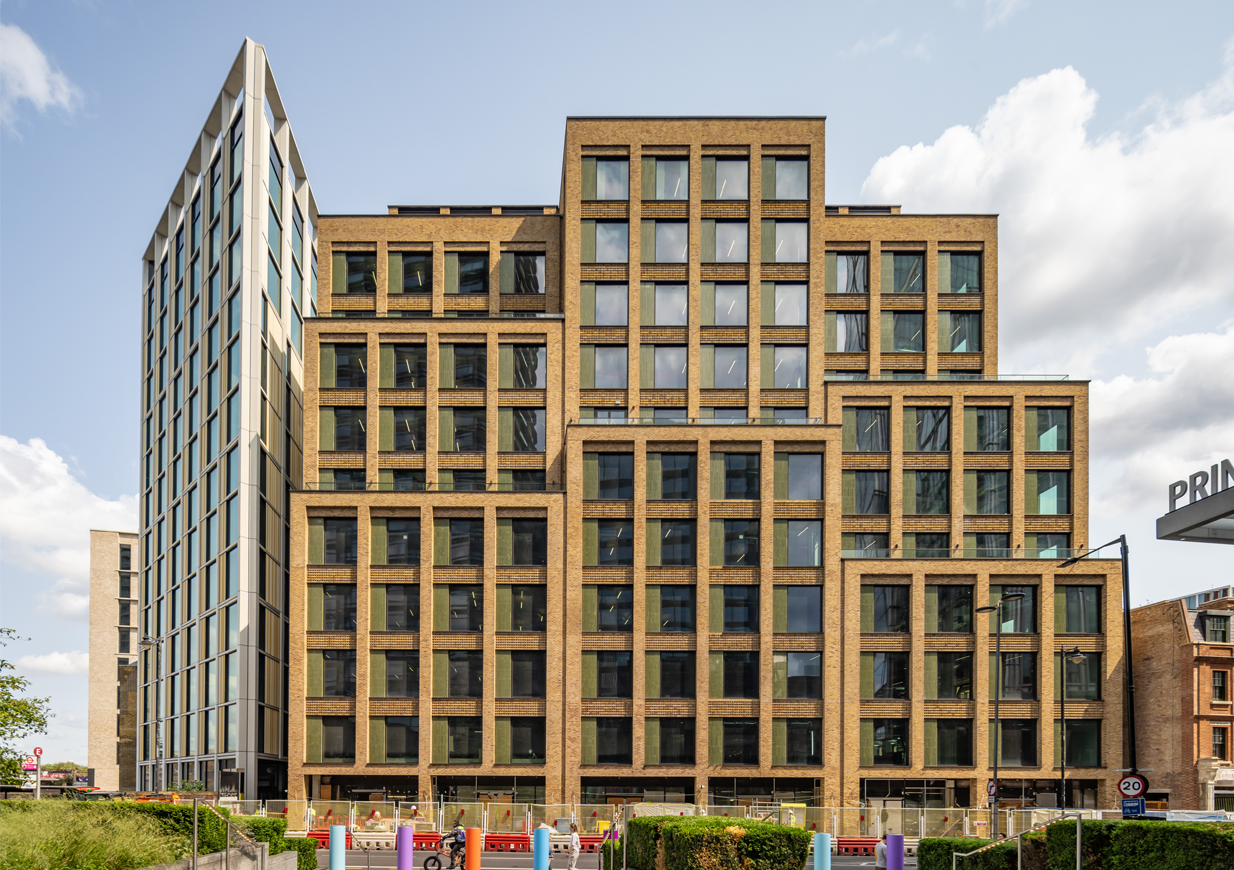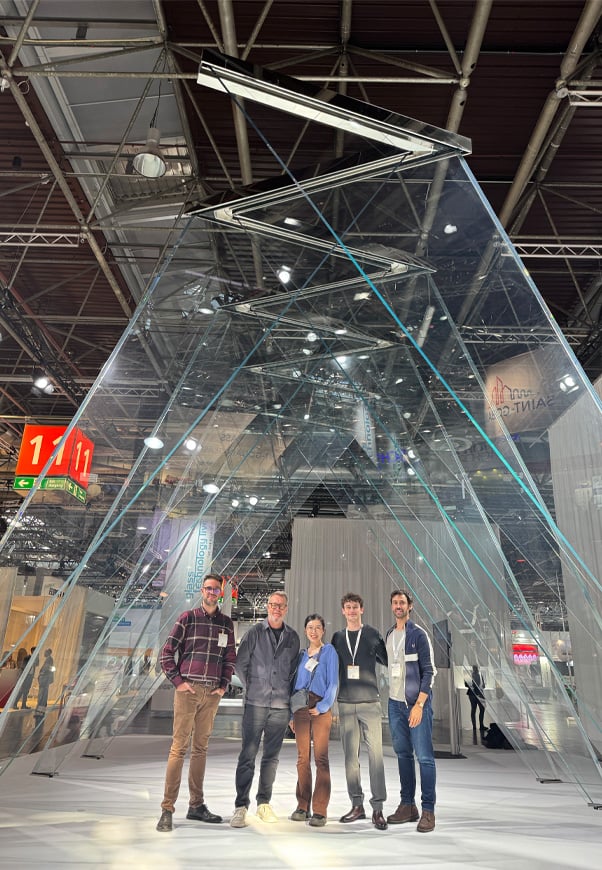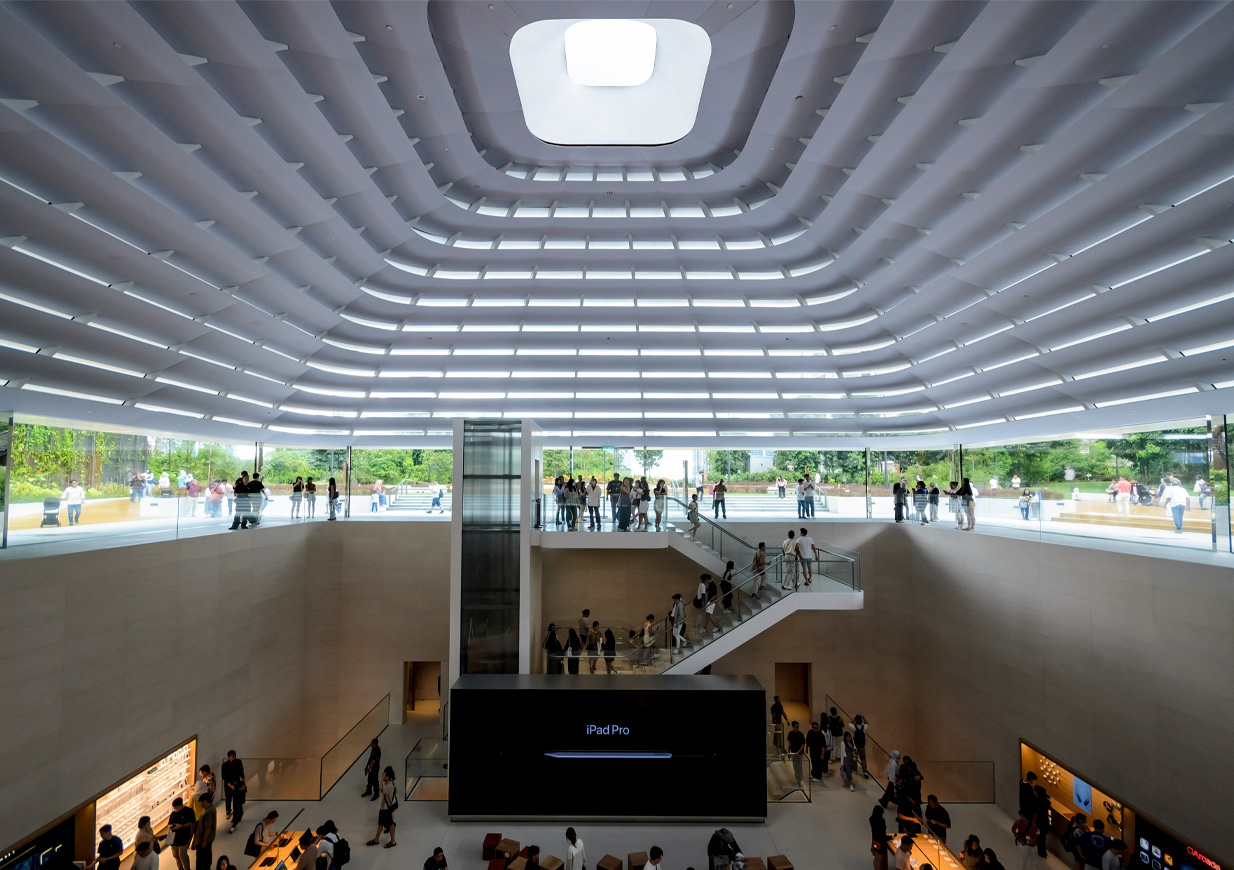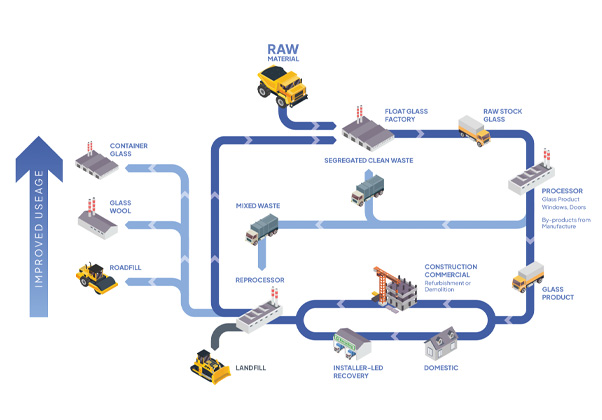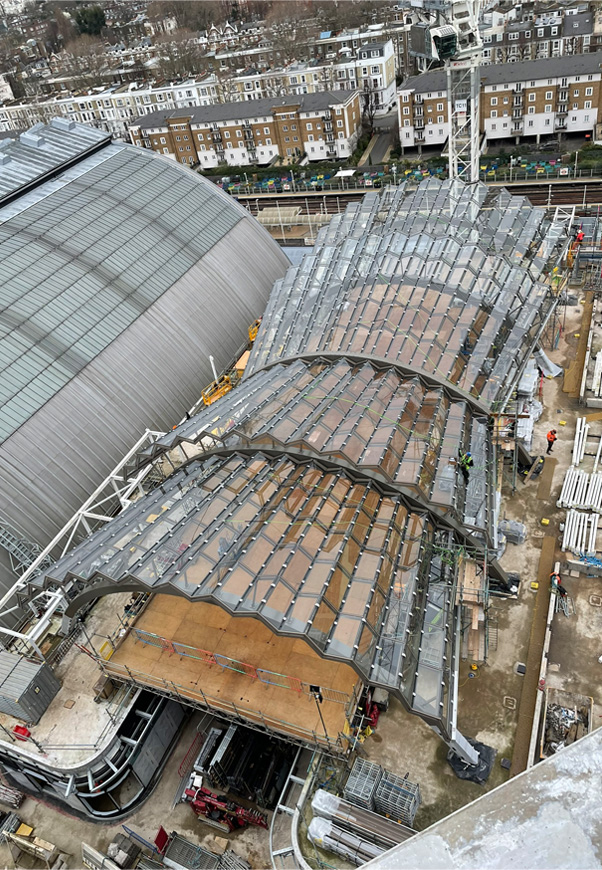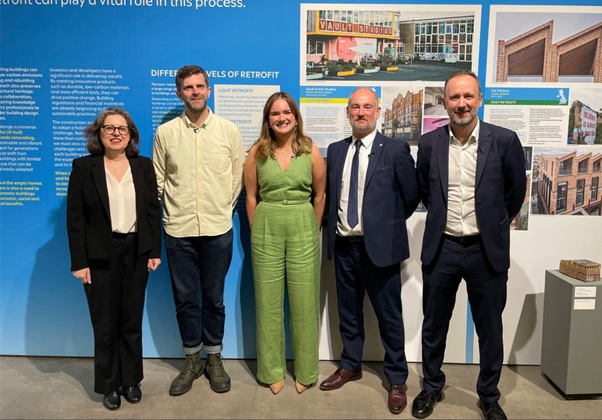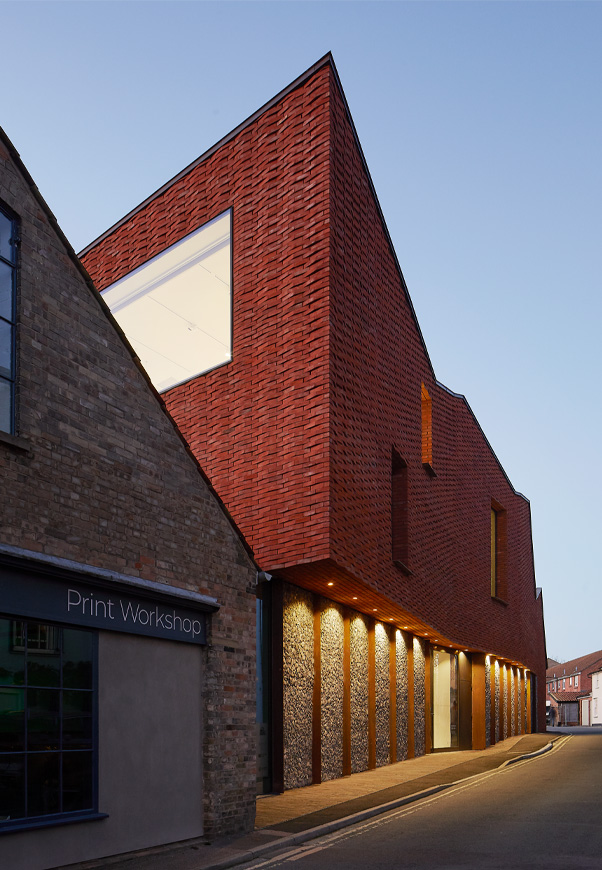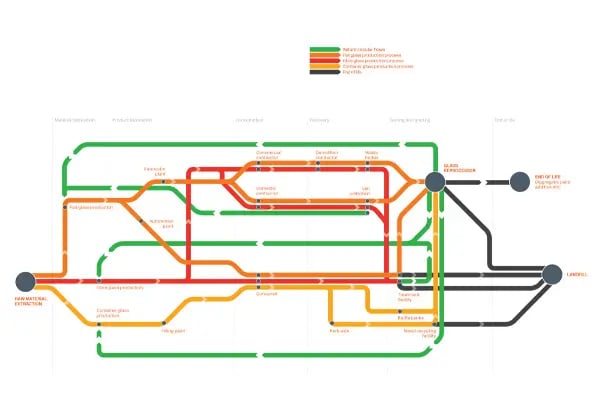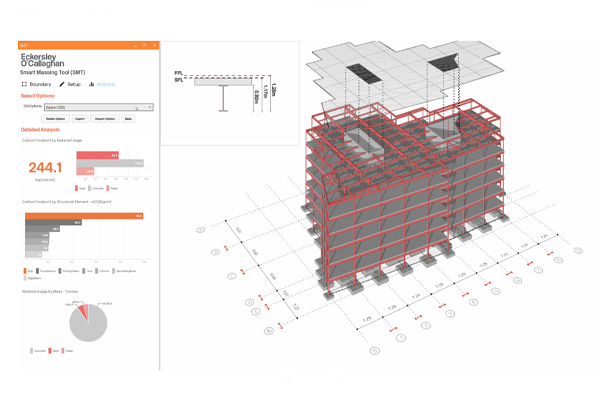Mind the Performance Gap
11 November 2022
As part of our Climate Friday series, Director of Facade Engineering Damian Rogan previously argued in response to the Part L consultation that we need to be bolder in reducing operational carbon emissions if we are to meet the Government’s 2050 Net Zero Strategy aspirations. Associate Facade Engineer Carmelo Guido Galante and Project Engineer Matt Tee provide an update on this issue.
One of Eckersley O’Callaghan’s responses to that consultation highlighted the need to create a feedback loop between real measured energy performance and predicted performance, to close the performance gap. Two years on, we’re seeing positive change through the implementation of the NABERS UK Design for Performance accreditation scheme on many of our projects.

Where buildings are designed to meet the requirements with Part L alone, a ‘Design for Compliance’ approach, the estimated energy performance of the building is calculated in accordance with standard templates which do not necessarily reflect how the building will actually be used.
There is also ambiguity in how the thermal performance of the facade, particularly in relation to thermal bridging, is modelled.
It’s time for us to get real about the energy performance of our buildings during design; we need to Design for Performance, not compliance.
The NABERS UK Design for Performance scheme, launched in 2020, provides a framework for annual reporting and sustainability strategies with energy consumption monitored while the building is in use.
The accreditation is based on measured energy performance in use, so there’s no room for taking advantage using compliance loopholes. It’s time for this bad practice to end.
The scheme is currently in place in the UK for commercial buildings, with the hope that this will be extended to other building typologies very soon. On our projects, we have seen how aiming for the highest ratings (5 and 6 stars) requires an increased level of collaboration and coordination between the Facade Engineer, MEP Engineer and Architect.

The NABERS rating aspiration, particularly for the highest ratings, needs to be central to the facade design during RIBA Stages 2 & 3.
The key facade energy performance parameters such as window-to-wall ratio, glass selection, U-values, air tightness, shading design and natural ventilation strategies need to be studied to a greater level of detail in collaboration with the MEP Engineer prior to planning submission, to avoid impacts to the architectural intent, cost and planning amendments at later stages. By putting real energy performance at the top of the agenda during early design, NABERS is creating meaningful reductions in operational energy consumption and at Eckersley O’Callaghan we advocate and support the wider use of the scheme which is playing a key role in helping to drive down operational carbon and bring us closer to Net Zero targets.


